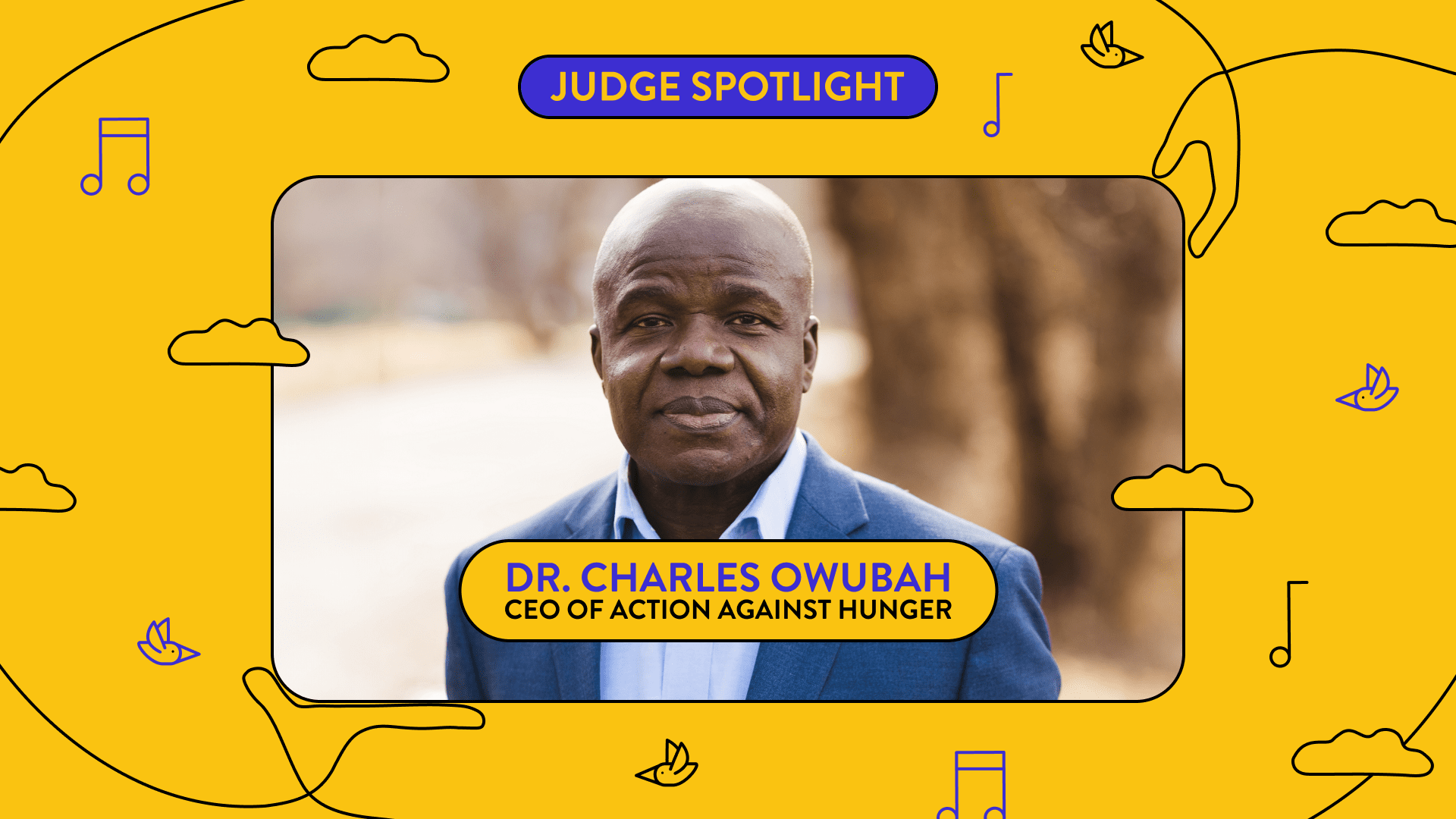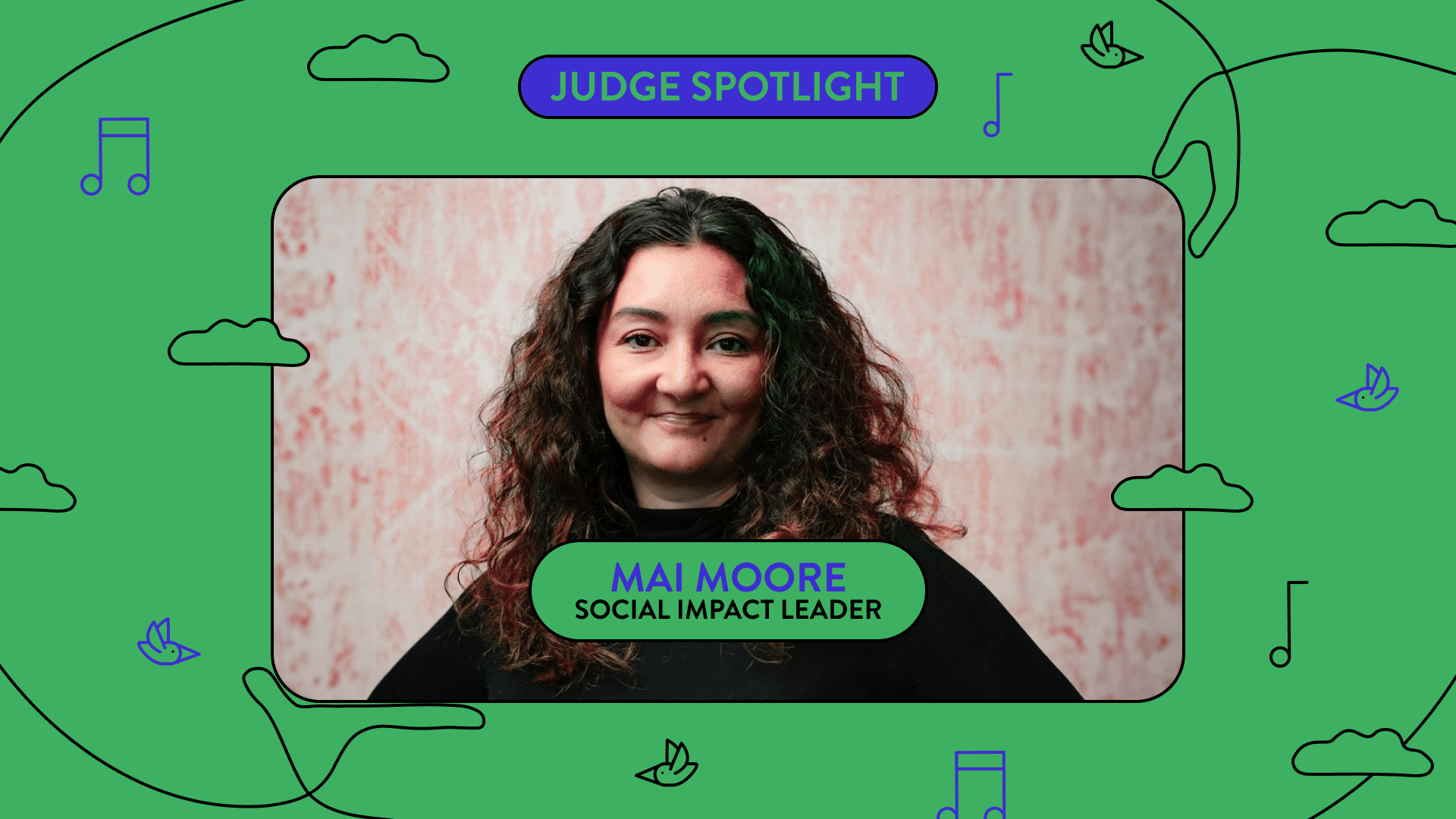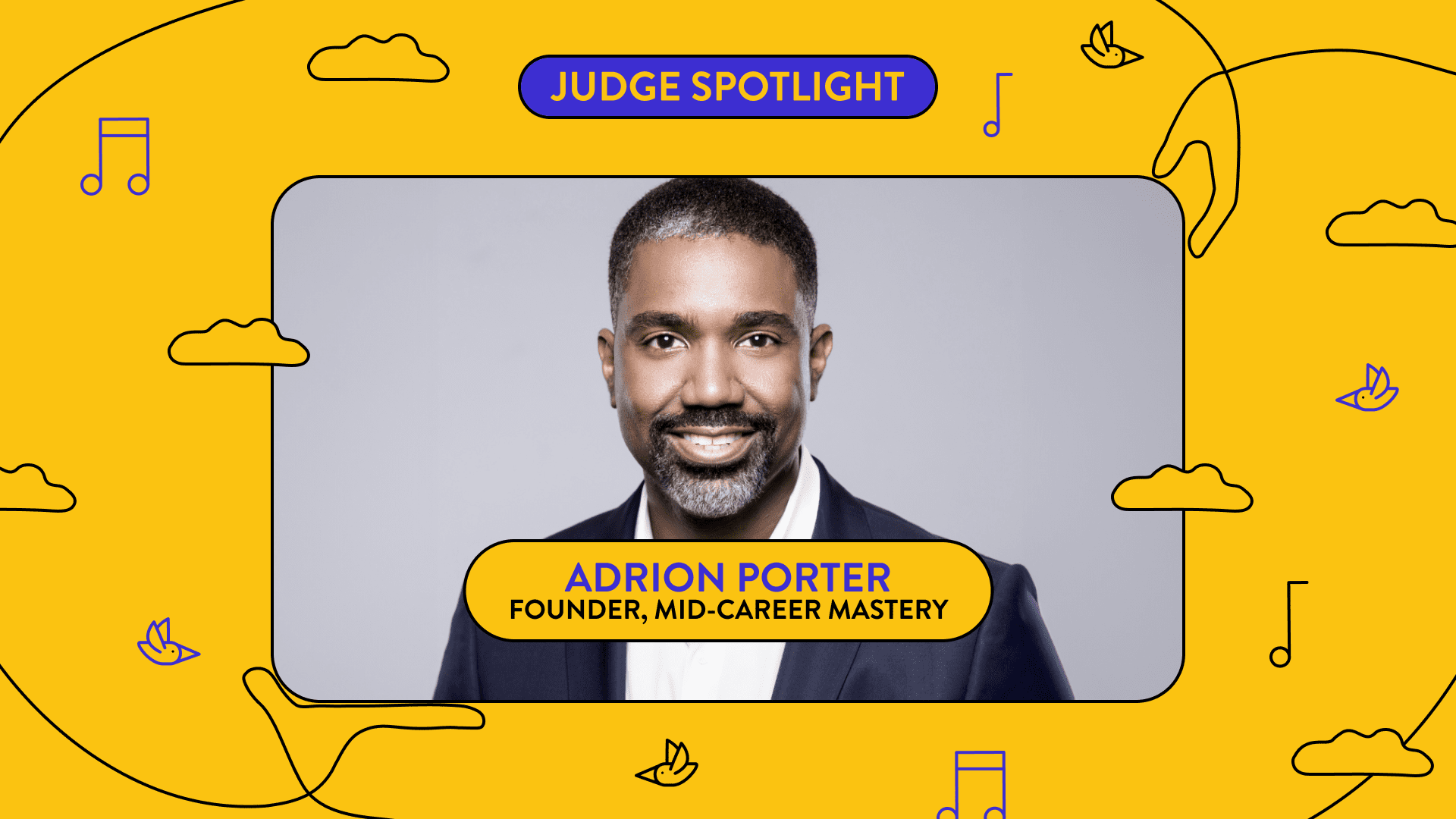What it Takes to Create Real-World Change
We spoke with our esteemed Anthem jurors to discover the building blocks of impactful advocacy.
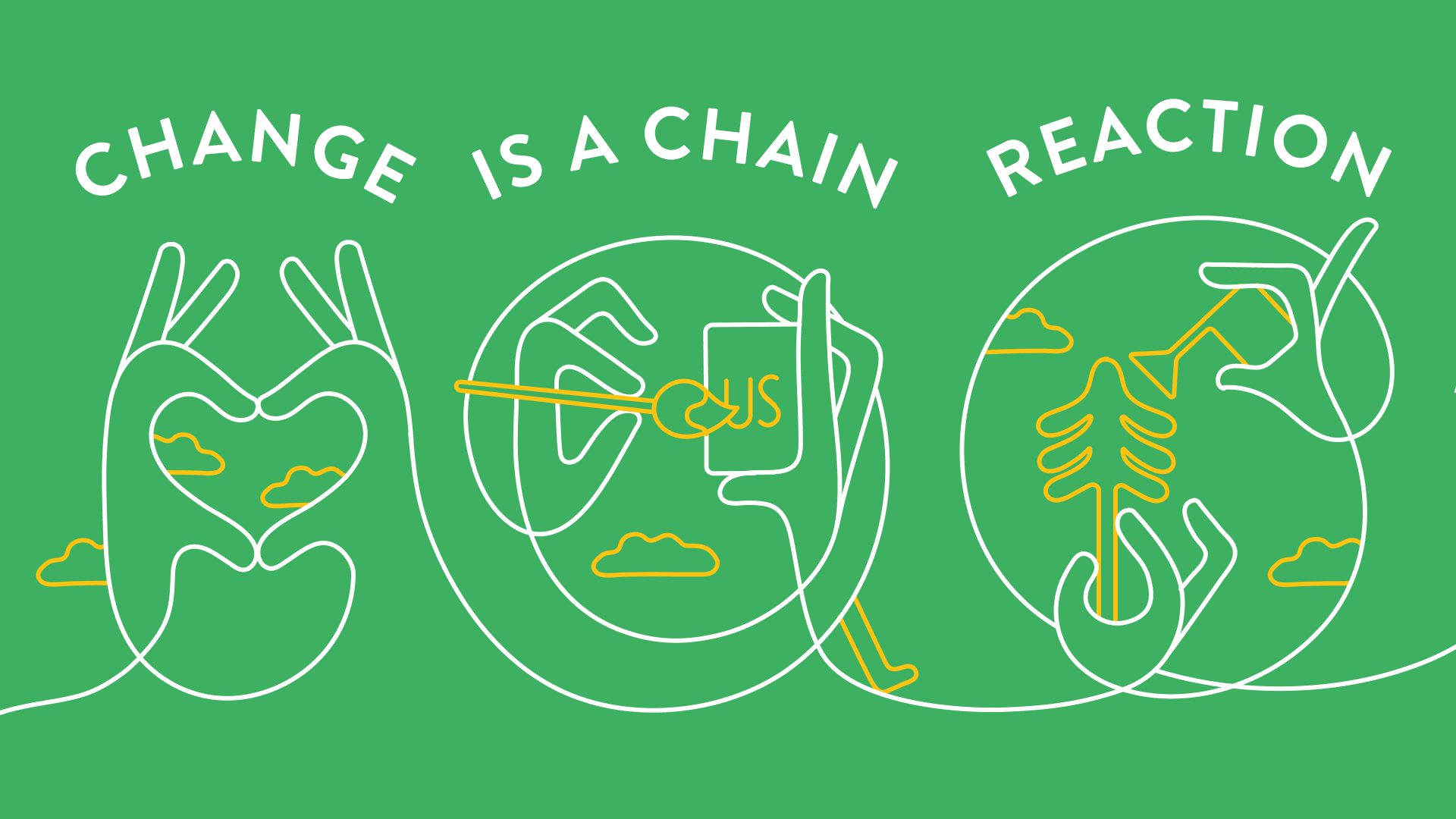
Mobilizing long-lasting action requires deep consideration and intentionality. There are a number of factors that shape the impact of a social impact initiative—both at a grassroots and global level.
It can be difficult to find the right mix of strategies to ensure your campaign informs, transforms, and inspires. We spoke with our renowned Anthem judges to discover the elements that drive a campaign’s success and inspire our community of advocates with the latest industry insights. Find out below what it takes to drive action through your work.

Vilas Dhar, President and Trustee, Patrick J. McGovern Foundation
The most effective social impact campaigns place humanity at the center of the solution(s) they create. This requires ensuring that the communities affected by the challenge at hand are co-designing and leading the solutions. Next, it means building concrete solutions and mechanisms to help overcome the impacts of a particular challenge in the short term while establishing new systems and infrastructure to promote community agency and power in the long term. Finally, centering humanity in our solutions means recognizing the unique human capacity for growth, iteration, and even starting over. I often encourage our partners to transform ideas and visions into action as soon as possible, to experiment and innovate with audacity and courage, and to understand that sometimes setbacks can be the first step to long-term success.
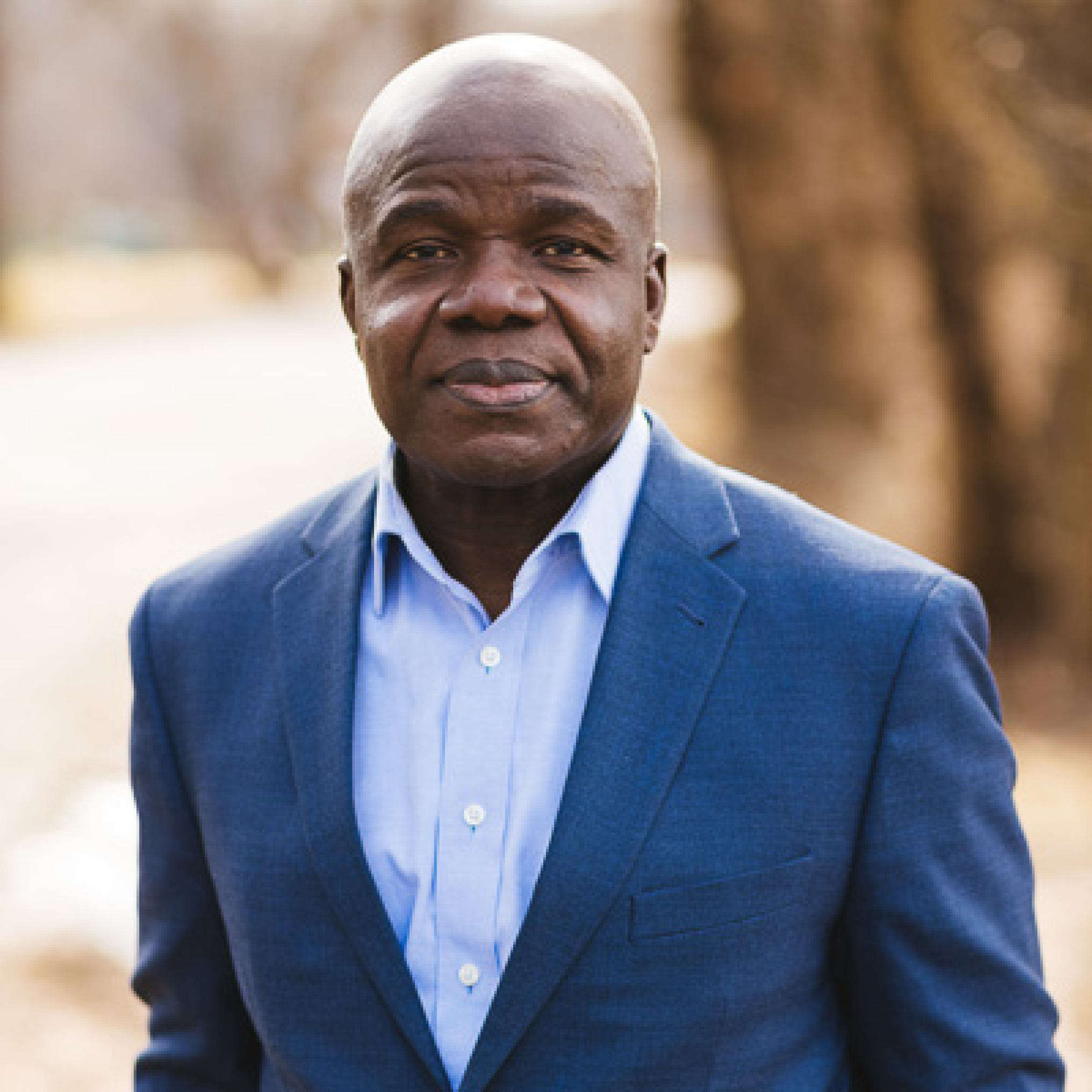
Charles Owubah, CEO, Action Against Hunger
Today, I’m able to make a difference for others because someone sacrificed for me. Growing up, life was hard. I went to school because someone decided it was important to offer free primary and middle school education in Ghana. Now, I can use my gifts and opportunities to make the world a better place for others.
I believe that change comes through both individual and collective action. True social impact campaigns spark movements that are more than a catchy phrase to solicit donations or promote an event. They are more than short-term protests, jump-on-the-bandwagon commitments, or one-off events. Movements take collective effort and transcend the organization that inspired them. And, their impacts last.
Movements can start from the ground up through champions on the ground, through organizations and larger systems such as the United Nations, or through coalitions and networks of allied groups and individuals rallying for collective change.
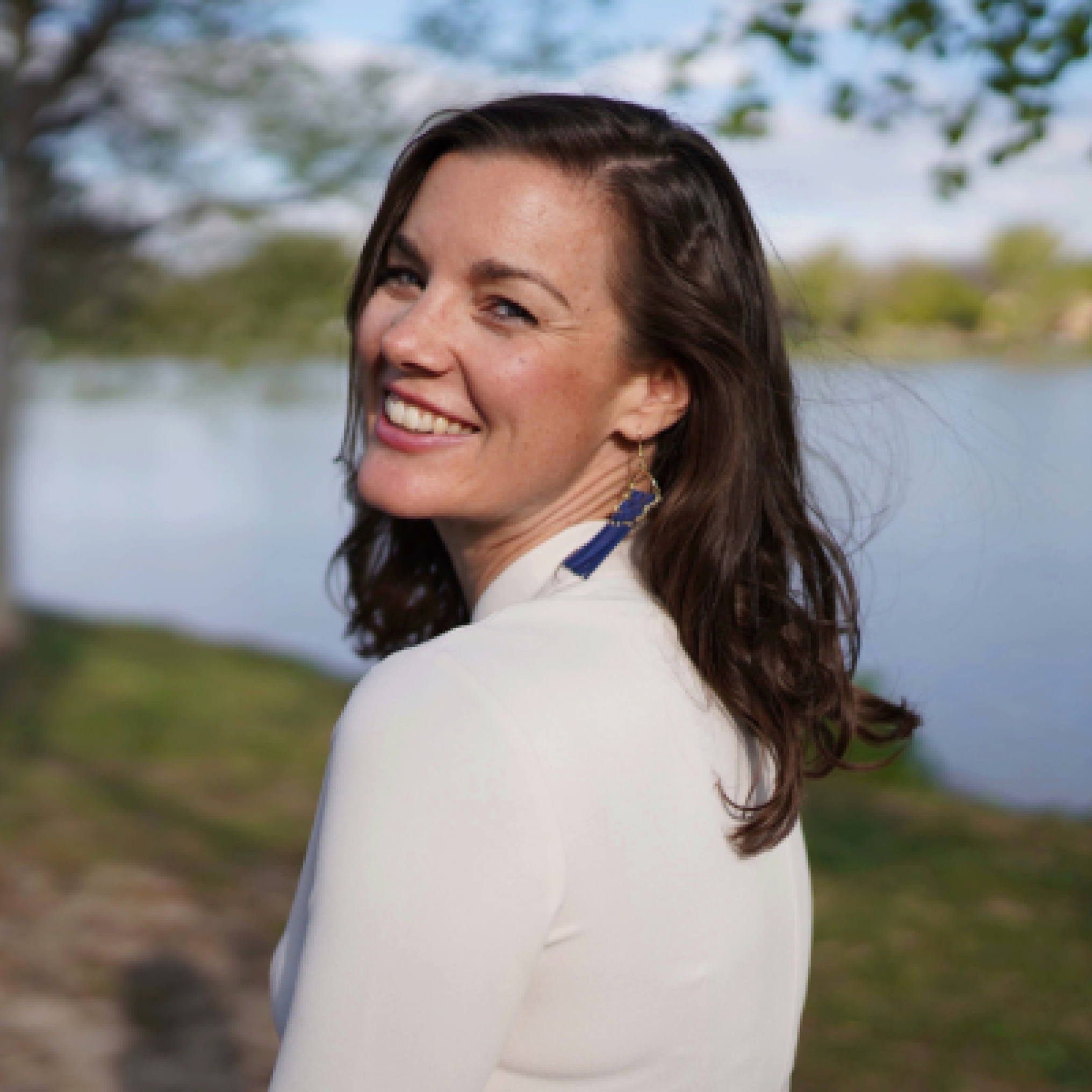
Katie Hilborn, Founder, Keynote Speaker & Executive Director, Global Orphan Prevention & Compass Rose International
Heart, drive, passion & purpose. Purpose is your through-line investment to impact. On the days you feel unmotivated and tired, it’s your sense of purpose that gets you out of bed and carries you to the finish line.
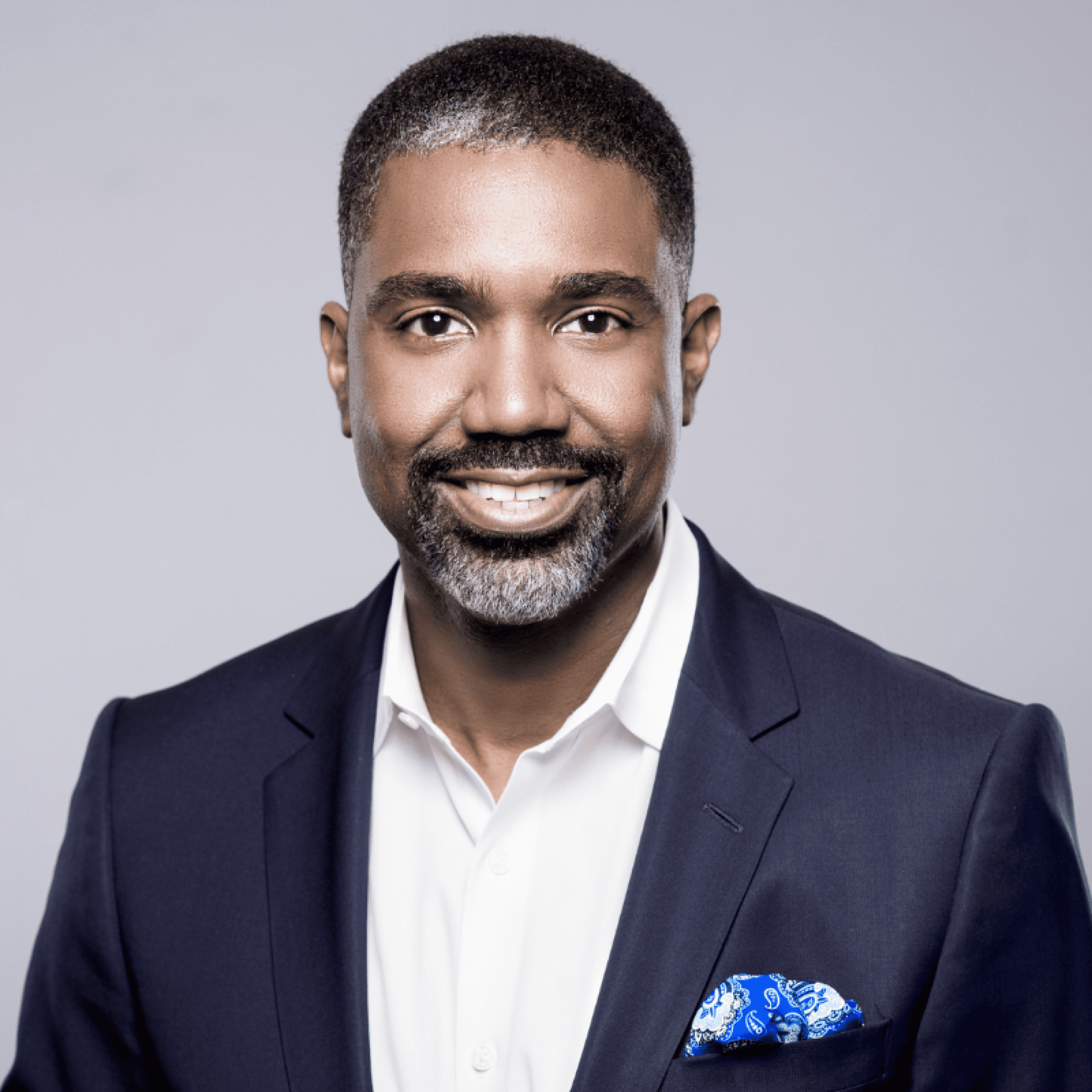
Adrion Porter, Founder, Mid-Career Mastery
It definitely takes the power of community to create and amplify real-world social impact. Ideas are just that…. ideas. But only through the exponential power of relationships and community can those ideas truly flourish and influence action.

Rosalie Mann, Founder and President, No More Plastic
Creating change in the real world often requires a long-term commitment. Stay focused on your goals and maintain your momentum even in the face of challenges or setbacks. Perseverance and resilience are key to sustaining the campaign and generating meaningful impact over time. Remember that creating change in the real world is a complex process that requires a multi-faceted approach. By combining strategic planning, effective communication, collaboration, community engagement, and ongoing evaluation, a social impact campaign can have a greater chance of creating lasting, systemic, and meaningful change.

Pascale Sablan, Founder, Beyond the Built Environment
Creating real-world change through a social impact campaign requires accessibility, inspiration, active engagement, collaboration, and adaptability. The campaign must be accessible, breaking barriers and reaching diverse communities. It should inspire individuals, igniting a sense of urgency and possibility. By challenging the audience to be active participants, the campaign fosters a sense of ownership. Collaboration with stakeholders amplifies impact and drives systemic change. Ongoing evaluation and adaptation ensure relevance and effectiveness. Together, these elements empower individuals, transcend boundaries, and work towards a more equitable and sustainable future.

Heather Dowdy, Director of Product Accessibility, Netflix
Impactful social change requires inclusion – working together and empowering people with disabilities when designing and implementing solutions. Inclusion drives innovation when innovation is grounded in solving for real human needs and lived experiences.
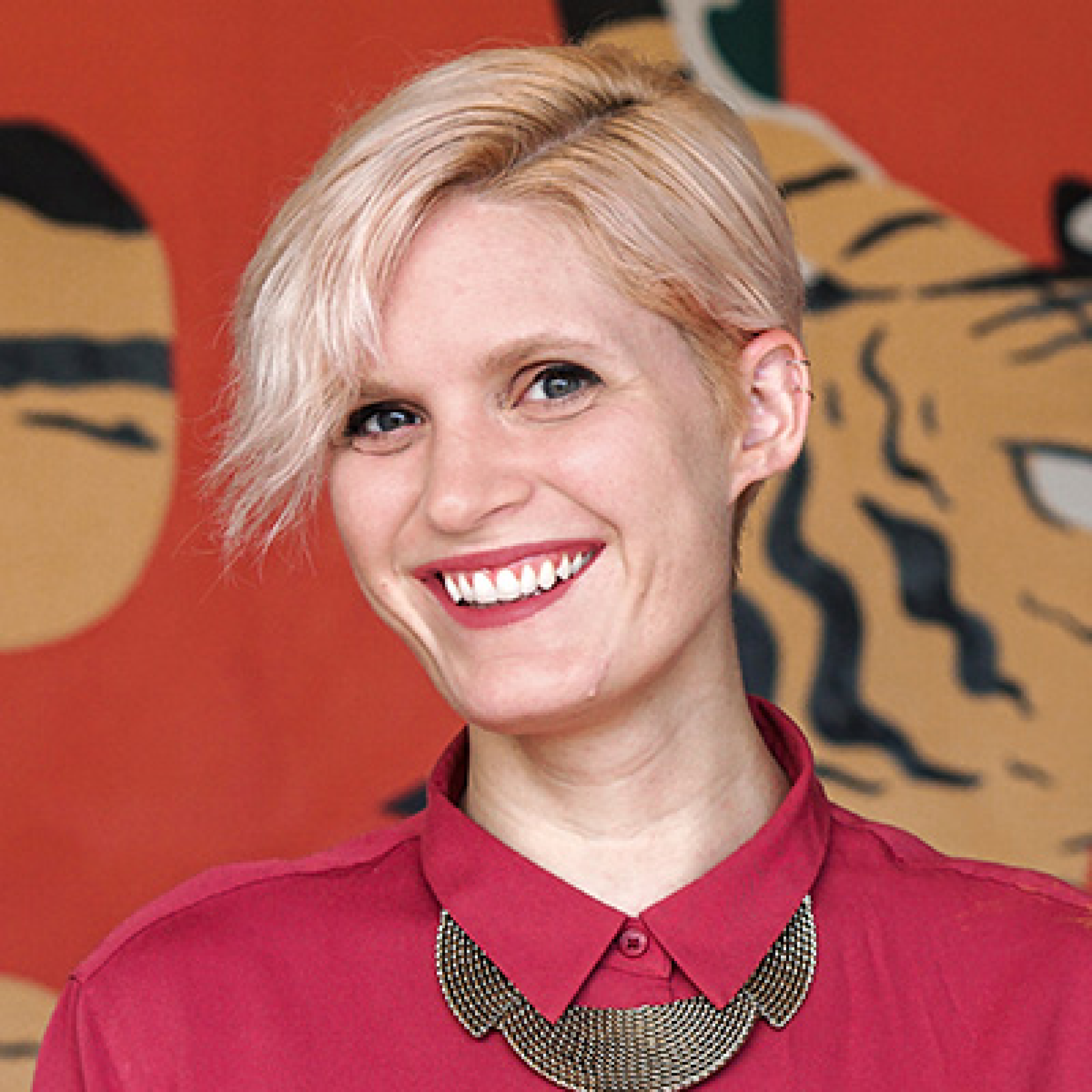
Lauren Kay, CEO + Founder, Brave Factor
Consistency and perseverance. Change doesn’t happen overnight. With technology, we have the chance to create experiences that could go viral, but even the follow-through to that success requires consistent efforts.
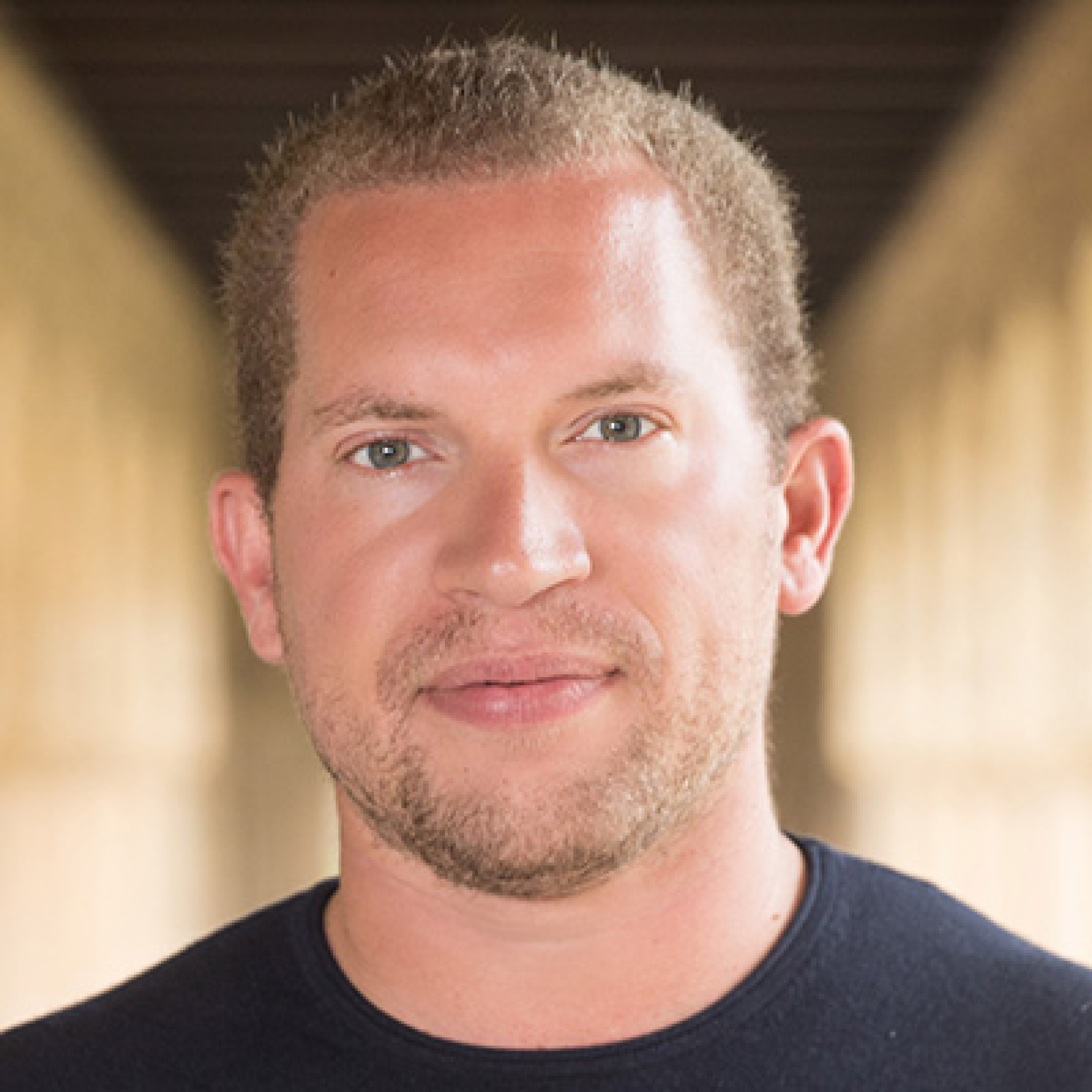
Benjamin Petit, Co-Founder and Executive Director, Dysturb
It requires a holistic approach that combines compelling storytelling, targeted messaging, strategic partnerships, and measurable outcomes. It demands a deep understanding of the social issue at hand, effective communication that resonates with the audience, collaboration with key stakeholders, and a focus on long-term sustainability. By engaging and empowering communities, advocating for policy changes, and driving meaningful action, social impact campaigns can make a tangible difference in addressing societal challenges and fostering positive change.

Ally Gilman, Chief Community Officer, Vertical Harvest
Change comes from the ability to “make it real” in ways regular people can see, feel and attest to in their own lives. It’s all good to set/meet targets, but can your stakeholders feel it? Can they see the impact at a level they can describe to you? There’s nothing wrong with citing SDGs and stats, but unless it’s felt by people in the communities you’re working in… that’s the real measure of change.
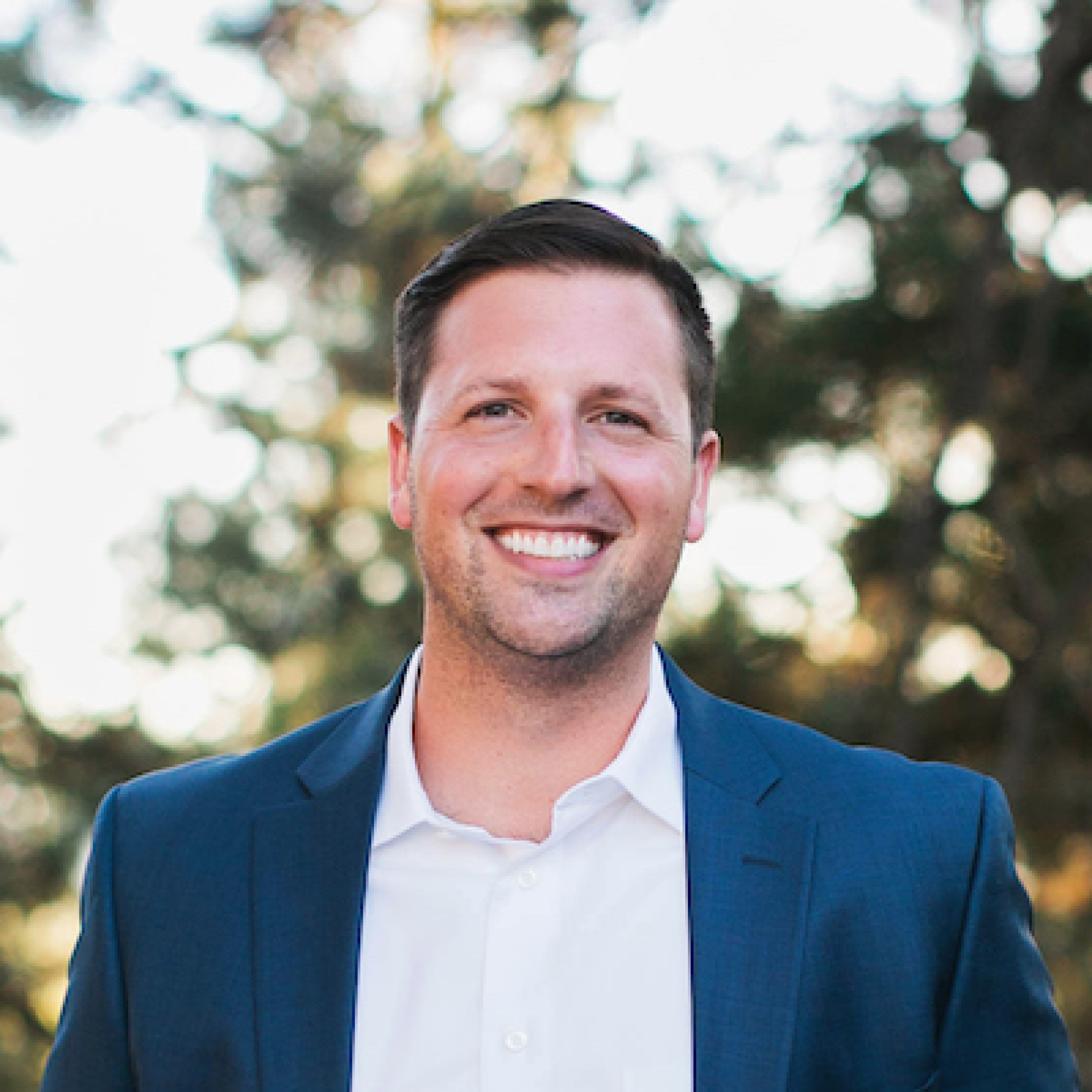
Zach Weismann, Founder & CEO, The Impactful
It takes active listening. Sometimes the thing least given. The number of examples where a campaign or project or product is released to a community or to solve a problem that creates very little real-world change can almost always be traced back to poor to little active listening. “We” often think we know what a community, a challenge, or a problem needs. This assumption is one of the most dangerous things an organization can make.

Paula Schneider, President & CEO, Susan G. Komen
Alignment. You must not only align with the needs of our communities far and wide, but you must align with the values we share together as a society. There’s been a massive culture shift in both workplaces and households alike. People want to be more than a paycheck, more than a product they buy. They want to see themselves in the organization they support and the change they see happening in the world. So yes, you need a wonderful idea and infrastructure to let your mission truly take flight, but you also need the buy-in of a community that will help your campaign come alive. It will always, always take a village.
The Anthem Awards is judged by the International Academy of Digital Arts & Sciences, a membership body of intellectually diverse leaders and executives across the impact industry. Anthem judges’ expertise spans a wide spectrum of issue areas, including LGBTQIA advocacy, racial equity, climate justice, gun control, healthcare access, responsibility technology, and many more.
To have your initiatives and campaigns seen by the brightest minds leading the social impact sector, enter the 3rd Annual Anthem Awards before the Extended Entry Deadline on October 13th!




